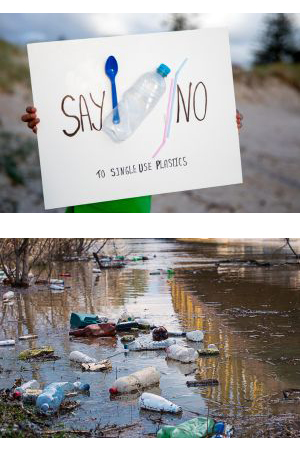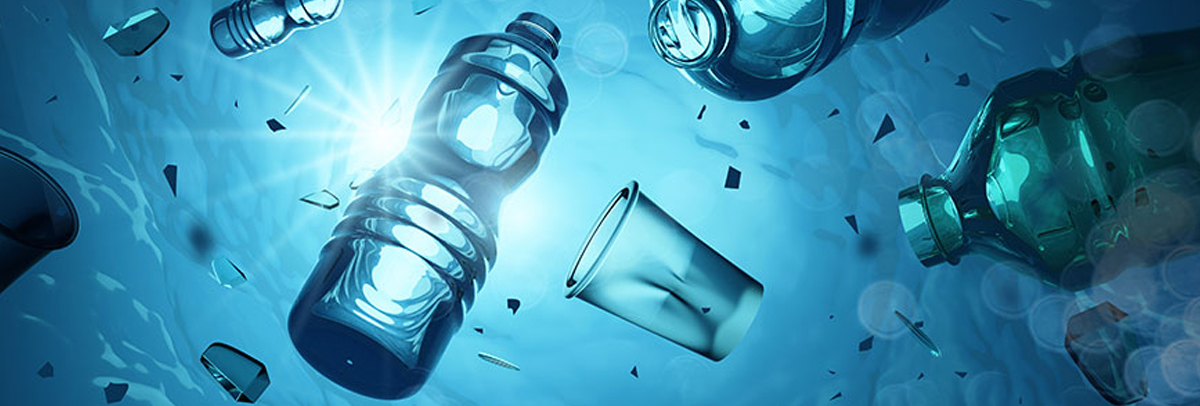
By Eric Hemphill. Eric was a Volunteer Program Manager at BTG.
Plastic pollution is an increasingly urgent problem for Missouri’s waterways. Every year, millions of tons of plastic end up in our rivers, lakes, and oceans, and the problem is only getting worse. Plastic pollution is a major threat to aquatic ecosystems, and it can have devastating effects on the health of our water sources.
The primary sources of plastic pollution in Missouri’s waterways are single-use items such as plastic bags, bottles, straws, and packaging. These items are used once and then discarded, often ending up in rivers and streams. Once these items enter our waterways, they can cause serious problems. Plastic breaks down over time and releases toxic chemicals into the water. These chemicals can be very harmful to aquatic life and can cause long-term damage to water sources.
Plastic pollution also impacts the aesthetic beauty of Missouri’s waterways. Plastic bags, bottles, and other debris can accumulate on the banks of rivers and lakes, making them look unsightly and discouraging people from visiting. This can have a significant impact on local economies, as people are less likely to visit and enjoy these areas if they are not aesthetically pleasing.
In KC, much of our plastic pollution will end up in one of two main bodies of water: the Missouri and Blue Rivers. Both waterways are important natural resources for Kansas Citians. They provide much of the water we use for drinking, watering plants and animals, washing dishes and clothes, etc. The health of Kansas City is dependent of the health of these incredible resources.
WATCH THE TRAJECTORY OF PLASTIC WASTE VIA THE OCEAN CLEAN UP

You can help protect our waterways
Fortunately, there are some steps that individuals can take to reduce plastic pollution in Missouri’s waterways. The most effective way to reduce plastic pollution is to reduce the amount of single-use items we use. This can be done by using reusable items such as water bottles and shopping bags and avoiding single-use items whenever possible. Additionally, properly disposing of plastic items is important. Make sure to properly recycle all plastics, and avoid littering, which can lead to plastic entering our waterways. In particular, ensure your trash cans and recycling bins at home are not open to the elements, and thus susceptible to plastics and other waste items being blown via the wind. Finally, it’s important to educate others about the impacts of plastic pollution. Teaching others about the dangers of plastic pollution and encouraging them to reduce their own use of single-use items can have a significant impact on reducing plastic pollution in Missouri’s waterways. Advocating for sensible policies that prioritize the health of our waterways, and nudge plastic producers to invest in the circularity of the products they create, is also paramount.
Plastic pollution is a major threat to Missouri’s waterways. It can have serious impacts on aquatic life and the health of our water sources, as well as the aesthetic beauty of our rivers and lakes. Fortunately, there are steps that individuals can take to reduce plastic pollution in our waterways. By reducing our use of single-use items, properly disposing of plastic, educating others about the impacts of plastic pollution, and advocating for effective policies, we can reduce plastic pollution in Missouri’s waterways.






